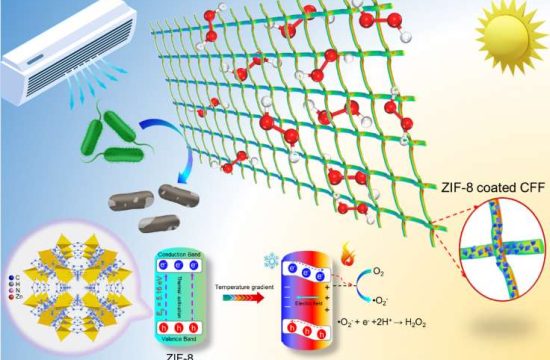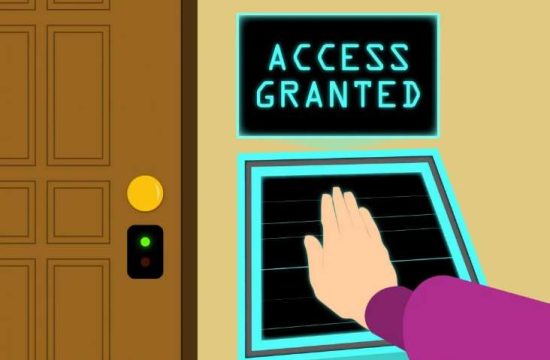
A recent study shows that concentrations of fine particulate matter (PM2.5) from incense burning both inside and outside temples could be 6 times and 4 times of the recommended levels respectively. In addition, the more temples there are in the same district, the higher the respiratory mortality rate.
A team of researchers from Science Unit of Lingnan University in Hong Kong (LU) suggests that alternative measures, such as installation of automatic mist sprayers to reduce smoke dispersion, as well as using incense made with non-toxic substances to minimise health risks to worshippers and neighbours, should be considered.
According to Lingnan University, over 70 per cent of registered Chinese temples in Hong Kong are in urban areas close to residential and commercial districts, and air pollution from burning incense may have a negative impact on the local communities. Last year, the Lingnan University in Hong Kong research team examined 366 temples in Hong Kong, classifying them according to their geographical characteristics, and installing data collecting logging devices in those with a heavier pedestrian flow.
The team analysed respiratory mortality rates in 2001, 2006, 2011 and 2016 released by the HKSAR Government, comparing relationships between them and distribution of temples, the temple index and other environmental factors including building density, greenery density, and water density. Results suggest that incense burning in temples is a main factor in air pollution, and the more temples located in the same district, the higher the reported rate of respiratory mortality.
In 2016, for instance, there were 31 out of every 100 people died from a respiratory disease in Lo Wai (17 temples), comparing to 18 in Kwai Fong (3 temples). Similarly, there were 31 out of every 100 people died from respiratory disease in Shau Kei Wan (5 temples), and in Quarry Bay (1 temple), the figure was 18.
While conducting their research, air samples were also collected from five temples with heavy pedestrian traffic in Western and Central Districts, Kowloon West and Kowloon East through air monitoring instruments installed at the main entrances, inside and outside the temples to monitor the 24-hour average concentration of PM 2.5 in the air.
It was found that during peak periods, the PM2.5 concentration levels in both indoor and at the main entrances of most temples exceeded the recommended standards suggested by the HKSAR Government (75 μg/m3) and the World Health Organisation (WHO) (25 μg/m3). The readings gathered inside one of the sampled temples during peak periods stood at 466 μg/m3, which was 6 times and 18 times of both standards respectively; while another temple’s front entrance reading was 299 μg/m3 — 4 times and 12 times of both standards.
Project leader Prof. Paulina Wong Pui-yun, Assistant Professor of the Science Unit, said that incense burning in temples, which, despite its significant impact on ambient air pollution, has been largely neglected by the public and is not included in the measurement of air quality index.
“There has been little change in the number of temples over the last century, but their surrounding environment is ever changing; some temples are right next to residential buildings. This had a significant environmental impact, and our results suggest that incense burning may cause long-term air pollution contributing to respiratory diseases and should not be overlooked,” she added.
Prof Wong added that Hong Kong temples are classified as open, semi-closed, and closed according to their incense burning characteristics, and suggested that the Government issue new guidelines for urban planning regarding the building separation distances and air ventilation requirements of different types of temples.
In addition, the frequency of incense burning in open and semi-closed temples in proximity to residential areas should be regulated, or performed on specified dates and times, and, as in other Southeast Asia countries, temples should install automatic mist sprayers to reduce smoke dispersion, as well as using incense made with non-toxic substances to minimise health risks to worshippers and neighbours.
For residents nearby, they should close all windows facing the temple during incense burning, clean air conditioner filters regularly, and consider using air purifiers to improve the air quality of their home.









I quit my meds due to side effects. My care provider Dr Miller introduced me to VineHealth (vinehealthcenter. com) ALS/MND herbal treatment. The treatment is a miracle. I recovered significantly!